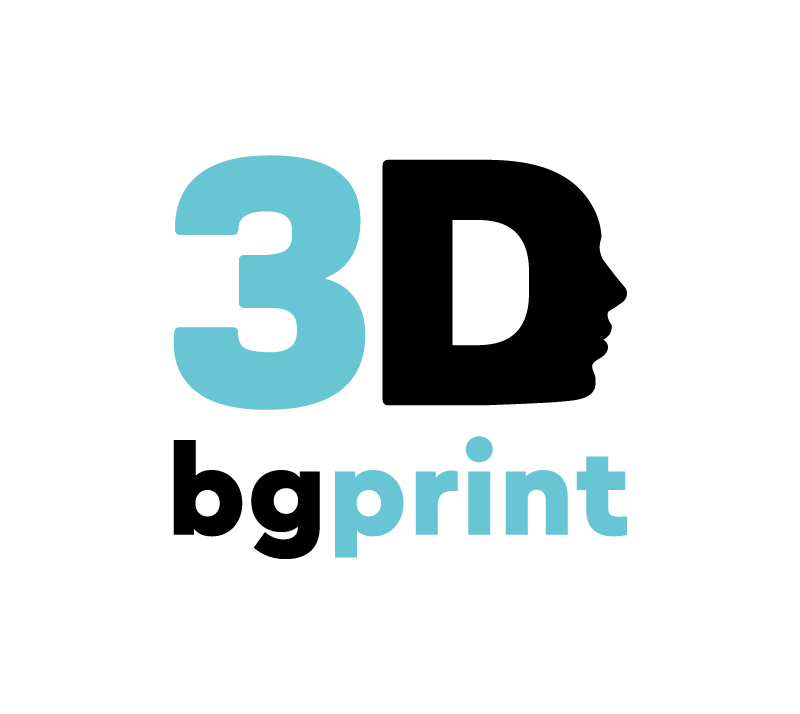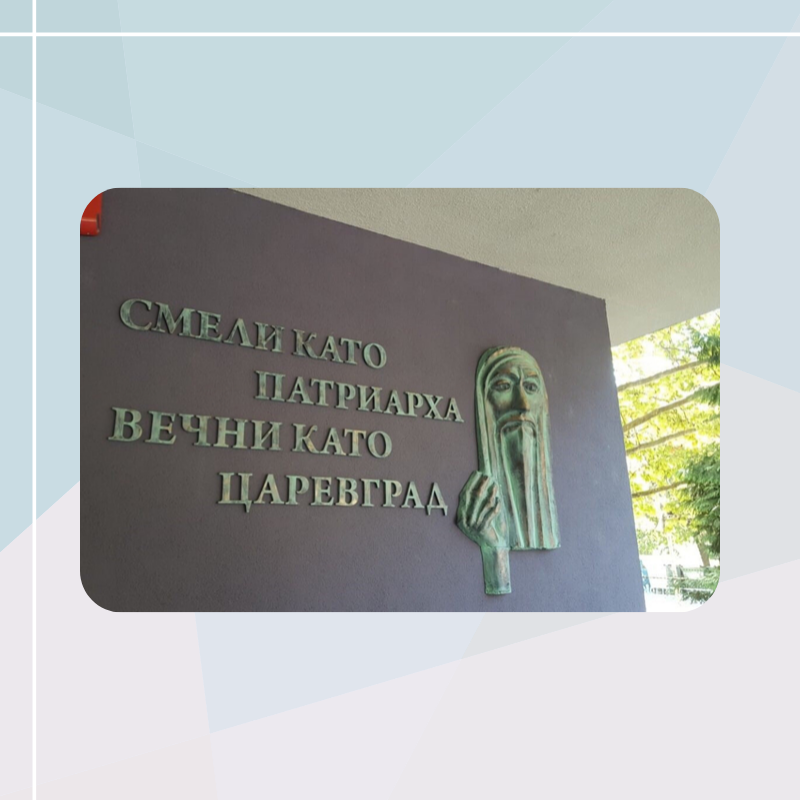Your cart is currently empty!
Imagine that the solid sculpture you see right in front of you isn’t in fact a sculpture and is not solid at all. And now I want you to imagine that this sculpture is actually printed. Yes, you heard me right – printed.
Nothing is impossible anymore, with the invention of 3D printing. You would think that it weighs a lot, but it doesn’t. It’s just an optical illusion. Welcome to the 21st century! Today we will tell you one such story and will show you how it came to happen. Read carefully!
First, let’s introduce ourselves to 3D printing. If we have to make the exact definition, it says: “ 3D printing is a modern technology for printing a 3D solid object of any shape using a digital model. It is implemented as an additive process, by applying successive layers of material to form the desired object. ”
In other words, you can print almost any item you can touch. Of course, we will also explain which industries are most commonly used and what are the needs of 3D printing so far.
In general, this printing technology began in the 1980s in the areas of product development, data visualization, prototypes. But the big hit with 3D printing started after 2010, when the need became very urgent, especially in architecture, construction, industrial design, automotive, aerospace, mechanical engineering and many more.
How does a 3D printer work?
Imagine a house. It is built brick by brick, row by row, until the house reaches the top. Figuratively speaking, 3D printing works the same way – it lays down layer by layer of a given material until it builds the entire object. The materials can be quite diverse, from resin, plastic, metal, even chocolate.
To get to the “roof” of our object, we stack layers. These are pre-prepared, cut by computer with special software. Each layer is extremely thin, which means that the taller the object, the more layers it needs.
The materials used are in the form of a filament that is wound on a spool. The free end of the filament is taken up by the printer’s extruder. It moves the material, melts it and lays it on the base, building up the corresponding layer. In this way, layer by layer is applied until the object is completed.
And since everything is very technical and sometimes difficult to imagine, today we will also present you with a real story and the implementation process. Read carefully!
Veliko Tarnovo’s Primary School St. Patriarch Evtimiy welcomed the new school year with a brand new sculpture of its patron which was created with a printer. The reason for this new addition to the building of the school is the 50-year anniversary of its establishment.
Throughout the years since the school was founded, the most important thing has been missing – a sculpture of Saint Patriarch Evtimii. A visual representation of the distinguished cleric would motivate the young students more and would give the school a different look. So, in view of September 15 and the 50th anniversary, the Saint Patriarch Evtimii Primary School decided to turn to the professionals from 3Dbgprint and create the most important missing element of the school. A creative process was launched.
First, a sculptor modeled “Patriarch Evtimios” with plaster.
This is followed by scanning the object and textural cleaning of errors.
Then the file is submitted to the professionals from 3Dbgprint, representatives of the Dutch company Builder for Bulgaria.
They have to do the most important part – printing. The choice of 3D printer falls on the large-scale Builder Extreme 1000.
The 3D printer is primarily used for printing prototypes, various tools, artwork, models, props, and figurines. It is the “little brother” of the Builder Extreme 1500 and Builder Extreme 2000.
The characteristic of all of them is that they are not desktop printers. These are printers all over 1 meter high for large prototypes. Such printers are used in the automotive industry, in the aviation industry, in cinema, museums, art, architecture and others. It sounds quite impressive!
Before starting the printing, it is also necessary to decide what the density of the object will be, in the case of “Patriarch Evtimii”. If the object does not have a mechanical load, it is made at a minimum density. In this case, “Patriarch Evtimii” really looks massive, but it is made at a minimum density. It is not necessary for the entire inside to be dense. After specifying all the details, the sculpture itself is printed and sent for post-processing. The object is printed in separate parts.
Then it is assembled by 3Dbgprint. The entire creative process from the sculpture, through scanning, printing and post-processing takes only 7 days. The good news is that in just 7 days of work, the entire staff and students of the St. Patriarch Evtimii Primary School will be able to enjoy the wonderful sculpture. Congratulations and good luck!
Article from the printed edition Engineering Review issue 7/2019
PDF file for issue 7/2019 on the Engineering Review magazine website
Article uploaded to the Engineering Review magazine website.
Source: 3Dbgprint

